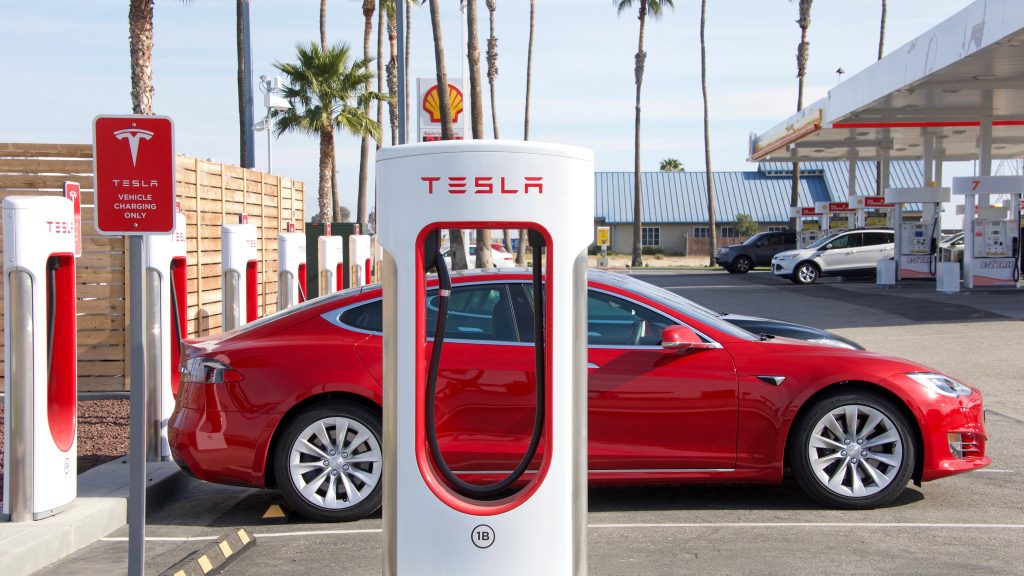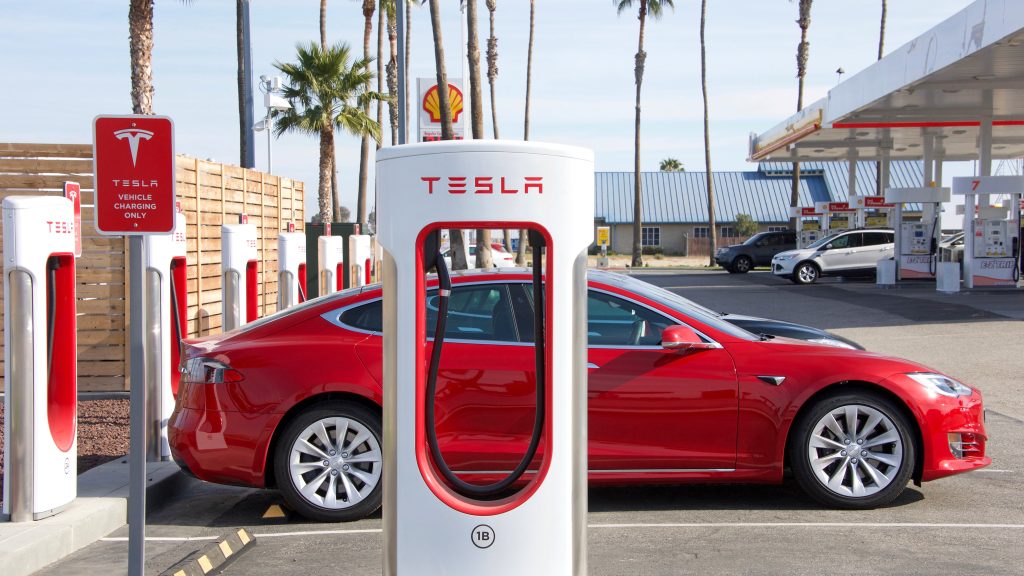 The Government has missed its target of having six or more rapid or ultra-rapid electric vehicle chargers at every motorway service area in England by the end of 2023.
The Government has missed its target of having six or more rapid or ultra-rapid electric vehicle chargers at every motorway service area in England by the end of 2023.
The target of having at least six rapid chargers above 50kW by the end of 2023, with some having more than 12 is set out in its ‘Taking charge: the electric vehicle infrastructure strategy’ published on 25 March 2022.
Its plan was to accelerate the roll-out of high-powered chargers on the strategic road network through the £950m Rapid Charging Fund so that EV drivers have confidence in the ability to undertake longer journeys.
But it wasn’t until early December 2023 the Government announced it would be providing £70m in grants for a pilot scheme involving upgrades at 10 motorway service stations.
Research conducted by the RAC found that 46 (39%) of 119 motorway services reviewed by the RAC on Zapmap now have the target number of chargers above 50kW to serve the UK’s growing fleet of battery-electric vehicles which should have exceeded the 1m milestone by the end of 2023.1/2
The number of rapid chargers has grown from just 27 (23%) at the end of April.
Since the end of spring a further 178 high-powered chargers have been installed at motorway services.
Positively, there are now more than 400 ultra-rapid chargers at services which means more than half (55%) can now offer some of the fastest possible charging speeds to drivers.
Only 18 service areas have no rapid charging above 50kW, but worryingly four have no charging facilities whatsoever: Leicester Forest on both sides of the M1, Tebay South on the M6, and Barton Park on the A1(M).
There are now nearly 700 (693) Combined Charging System (CCS) connectors – the most common charging connector – at the 101 services offering high-powered charging, an increase of 225, or 48%.
For the CHAdeMO connectors predominantly used by Nissan and Renault electrics cars, there are now almost 300 (282), up 32% compared to the end of April.
Encouragingly, there are now 14 services in England which have more than 12 such devices – up from only six in the spring.
